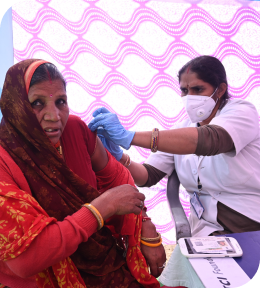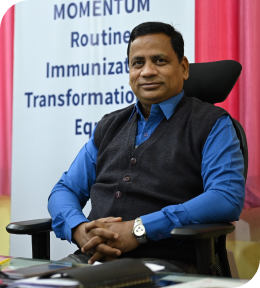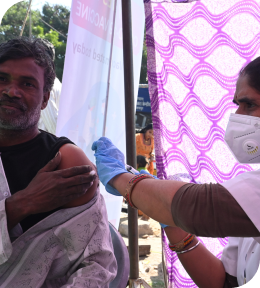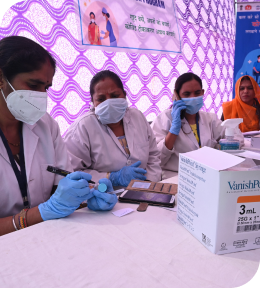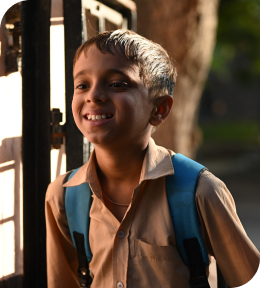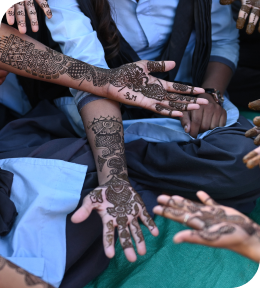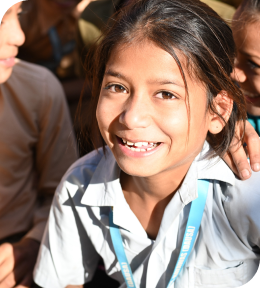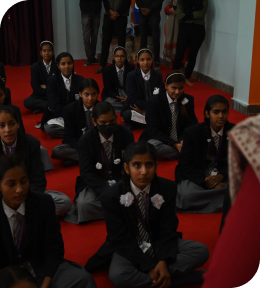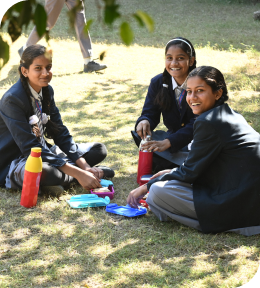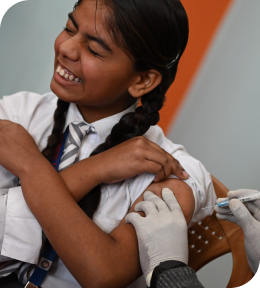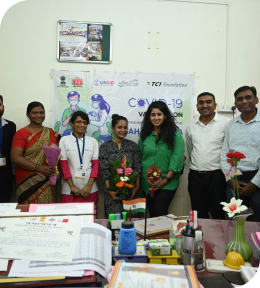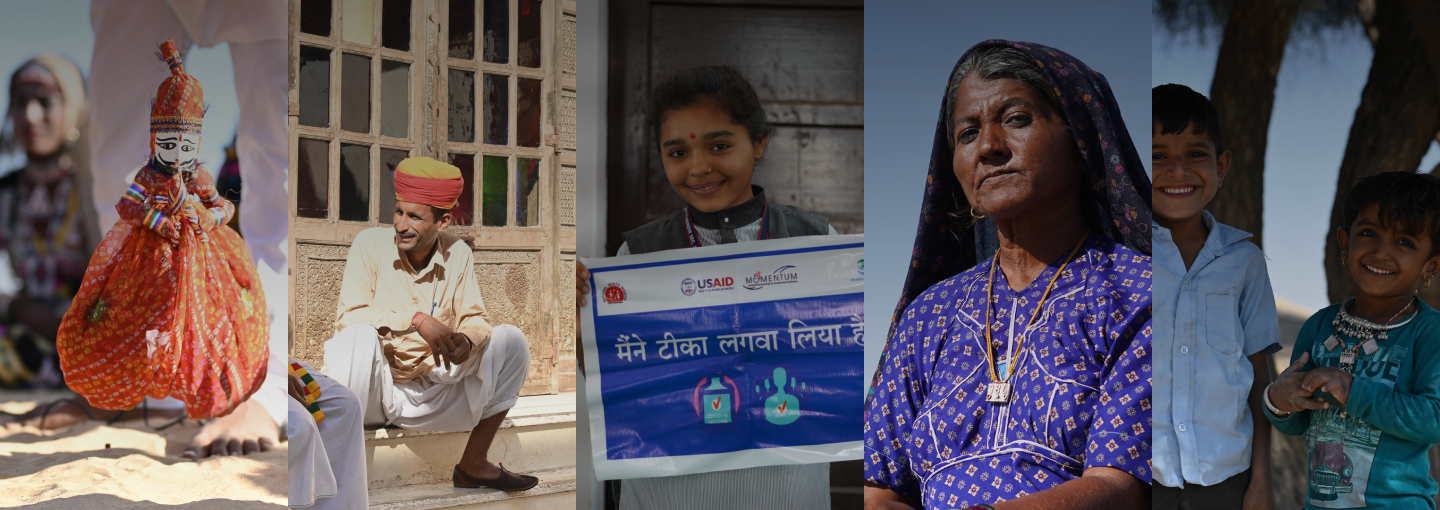
Rajasthan is a state in northern India. It is the largest Indian state by area and the seventh largest by population. It is on India's northwestern side, where it comprises most of the wide and inhospitable Thar Desert (also known as the Great Indian Desert) and shares a border with the Pakistani provinces of Punjab to the northwest and Sindh to the west, along the Sutlej-Indus River valley. Some of the common challenges faced during the implementation of COVID-19 vaccination are - desert areas where vehicles cannot reach and accessibility is an issue, remote areas with limited to no exposure and migrant communities do not have identification proof. Among other strategic activities, the team engaged in social mobilization activities and awareness campaigns using camels. Apart from this, awareness-building activities on COVID–19 vaccination such as street plays, puppet shows, and Ratri Choupal (community meetings organized in the night), were conducted in villages.

The Project is being implemented in 21 districts of Rajasthan through 6 sub-awardees: Transport Corporation of India (TCI) Foundation, HelpAge India, Jatan Sansthan, DHARA Sansthan, Society for All Round Development (SARD), Ladli Foundation


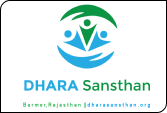
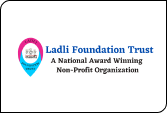

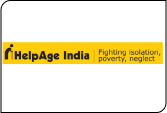
To increase the uptake of COVID-19 vaccination, the project supports the government of India and the state Government in vaccination planning, inter-departmental coordination, need-based monitoring, enhanced community engagement, and prioritization of activities for COVID-19 vaccination programs at the state and district. The team led the risk communication activities with the state officials and coordinated efforts to enhance vaccination in low-coverage areas.
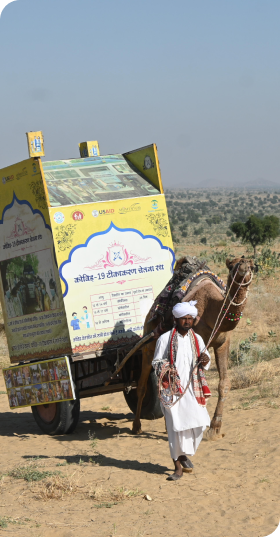
The project identified areas with low vaccination and conducted campaigns using a tika rath (a vehicle disseminating COVID-19 vaccination messages).
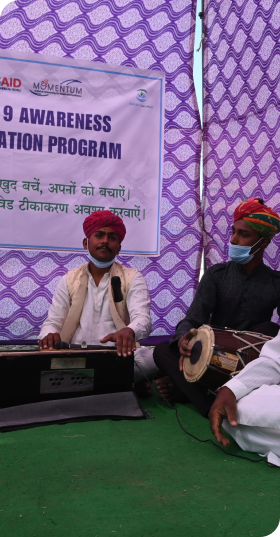
The project produced street plays (nukkad nataks), puppet shows, and ratri choupals to address myths and misconceptions about the COVID-19 vaccine.
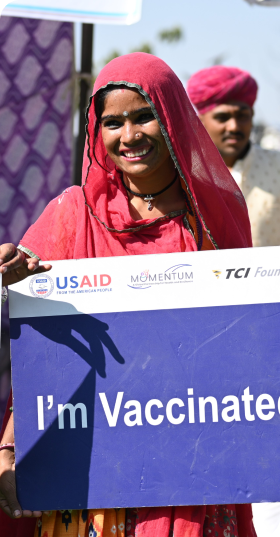
The project partnered with the Health Department to conduct vaccination camps in low vaccination coverage areas. Conducted block level health convergence meetings.
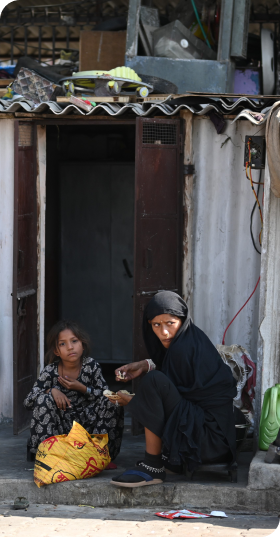
With community health workers, the project went door-to-door to identify unvaccinated individuals and mobilize them for vaccination.
The video documentation mainly covers the marketplace intervention, Hard-to-reach area coverage and the government ownership of the project
